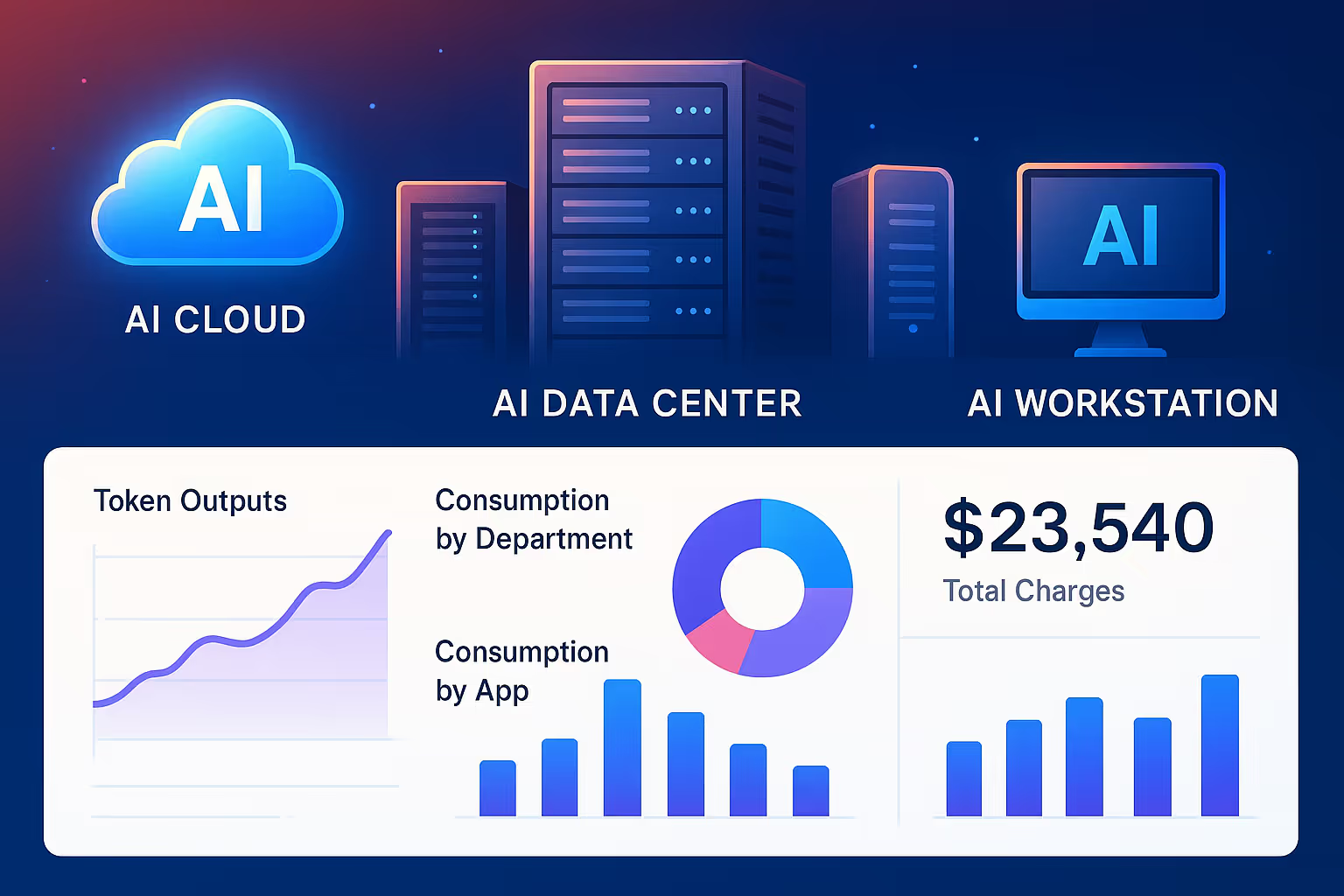Much is written in general about how usage-based pricing (UBP) is the most fair and transparent pricing model for customers. The challenge for businesses has been finding a way to operationalize this approach in such a way that is not cost-prohibitive to implement while providing some measure of predictability for usage and revenue. Now metering has emerged as a technology discipline unto itself, and the strategy of metering (usage instrumenting) a solution then building usage-based pricing plans on top of this pipeline is more widely understood. Amberflo makes this cost-effective for companies to implement at any scale, and we’ve built tools such as the Usage and Revenue Explorers, and Price Modeling to create predictability and help users uncover insights from their usage data.
In this article, we’ll outline five of the unique elements of UBP plans that drive maximal transparency and fairness for customers.
- Pay only for what you consume.
Usage-based pricing eliminates shelfware and allows every customer to create a custom offering with only the capabilities, add-ons, and users that they require. Instead of gating certain features or capabilities behind paid tiers that require customers to purchase elevated tiers (where several additional services may be included in the tier that are unneeded and go unused, but are still being paid for), usage-based pricing allows vendors to expose their entire portfolio to customers who can select and pay for precisely the services they need, a la carte or AWS-style.
- No lock-in or long-term paid commitments.
While many usage-based vendors offer incentives or discounts as usage (and time using the service) increase that incentivize customers to stay long-term, since payment is only collected for usage each payment period, customers are free to reduce or even halt usage completely for no penalties and with no sunk costs in a technology contract.
- Complete record and audit trail for all billable usage.
The metering pipeline that underpins the UPB infrastructure must be available and accurate at all times; records sent to the metering service must be processed once and once only. From the moment a record is sent to the metering service, a full audit trail is available for all usage. All billable usage that appears on an invoice must be fully accounted for from the moment of ingestion and this data provenance must be made available to any customer inquiry or questions regarding their bill. In addition to creating a full audit trail for all events, Amberflo allows vendors to expose their customers’ usage back to them in real time via our Customer Usage and Billing Portal.
- Guaranteed spend predictability with Prepaid Credits.
One of the common horror stories with usage-based pricing is for a customer whose usage exploded dramatically overnight unpredictably, leaving them with a massive bill that they did not budget for. With a prepaid model, customers can purchase credits upfront on an ad-hoc or recurring basis; usage can then be drawn down against these credits. Customers can create notifications to purchase additional credits or to shut off their usage when the credit balance reaches zero, to ensure no runaway or unplanned costs.
- Drive organic adoption and eliminate friction points.
Usage-based pricing helps to streamline user adoption by removing the common drop-off points (where the user is prompted to pay more or upgrade to a new plan) in the user journey. By opting for a usage-based model combined with a generous free tier, it is easier to demonstrate the solution’s value to the customer and earn their trust as a committed user before collecting payment and without restricting what capabilities they can access.
We saw first-hand the difficulties and benefits of building and operationalizing usage-based pricing during our time at AWS, where the usage-based model for PaaS and SaaS businesses was pioneered. We built Amberflo having seen the potential that UBP offers, believing that over the long-term it will become the dominant pricing model in the technology space. So far we have not been disappointed, as more and more businesses, from start-ups to larger enterprises are launching or experimenting with usage-based pricing. It truly does offer significant improvements to transparency and customer control over traditional technology pricing (i.e. subscriptions, licensing) and for businesses looking to truly put customers first it makes sense.
The difficulties have historically been around creating predictability both internally and for customers around revenue and spend, respectively, however we posit that with the proper investments in tooling and ongoing analytics, UBP can be quite predictable. It is an ongoing effort but tremendous progress has been made thus far with tools such as Price Modeling and real-time usage aggregation and analytics. As more companies enter the space and begin collecting and analyzing usage data, the ability to forecast future usage and revenue will continue to improve.





.svg)

